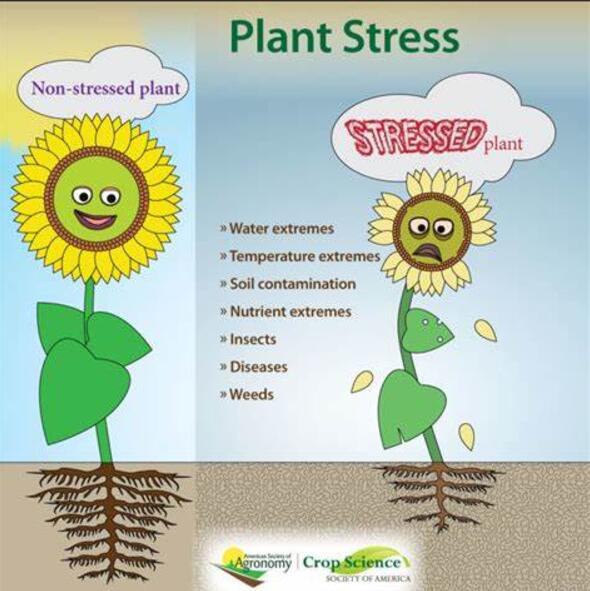Tritordeum, barley landraces and ear photosynthesis are key players in cereal resilience under future extreme drought conditions
IF 6.8
Q1 PLANT SCIENCES
引用次数: 0
Abstract
Drought is the main factor limiting cereal production in the Mediterranean basin and Climate Change will exacerbate its effects. Among the strategies to mitigate Climate Change impact on cereal production, we highlight the development of drought-resilient crops better adapted to future extreme conditions, either by i) using heritage germplasm (e.g., landraces) or ii) developing novel species (e.g., crop hybrids). Our study aimed to identify key functional traits and stress-tolerant germplasm to contribute to designing drought-resilient crops under future Mediterranean climatic conditions. For that, we conducted an innovative approach combining a late-sowing field trial with two contrasting water regimes to simulate future extreme drought conditions, the use of high-throughput phenotyping devices and an infrared gas analyser to characterise leaf and ear photosynthesis, biochemistry, growth, and stress responses during the reproductive stage, and a novel linear mixed-effects model to integrate these results with final agronomical data. Modern durum wheat and barley, barley landraces and tritordeum varieties were grown and evaluated as individual plants. Our results identified barley landrace SBCC010 and tritordeum Coique as promising resilient germplasm. These genotypes showed a grain set maintenance and a higher allocation of resources to the ears compared to modern varieties, higher leaf and ear greenness, and ear photosynthesis and thermostability during the reproductive stage, particularly under stress conditions. We conclude the necessity of including ear photosynthesis in the breeding programs relying on adaptive germplasm as barley landraces and novel cereal hybrids as tritordeum to design drought-resilient cereals for future extreme Mediterranean environments.
求助全文
约1分钟内获得全文
求助全文
来源期刊

Plant Stress
PLANT SCIENCES-
CiteScore
5.20
自引率
8.00%
发文量
76
审稿时长
63 days
期刊介绍:
The journal Plant Stress deals with plant (or other photoautotrophs, such as algae, cyanobacteria and lichens) responses to abiotic and biotic stress factors that can result in limited growth and productivity. Such responses can be analyzed and described at a physiological, biochemical and molecular level. Experimental approaches/technologies aiming to improve growth and productivity with a potential for downstream validation under stress conditions will also be considered. Both fundamental and applied research manuscripts are welcome, provided that clear mechanistic hypotheses are made and descriptive approaches are avoided. In addition, high-quality review articles will also be considered, provided they follow a critical approach and stimulate thought for future research avenues.
Plant Stress welcomes high-quality manuscripts related (but not limited) to interactions between plants and:
Lack of water (drought) and excess (flooding),
Salinity stress,
Elevated temperature and/or low temperature (chilling and freezing),
Hypoxia and/or anoxia,
Mineral nutrient excess and/or deficiency,
Heavy metals and/or metalloids,
Plant priming (chemical, biological, physiological, nanomaterial, biostimulant) approaches for improved stress protection,
Viral, phytoplasma, bacterial and fungal plant-pathogen interactions.
The journal welcomes basic and applied research articles, as well as review articles and short communications. All submitted manuscripts will be subject to a thorough peer-reviewing process.
 求助内容:
求助内容: 应助结果提醒方式:
应助结果提醒方式:


